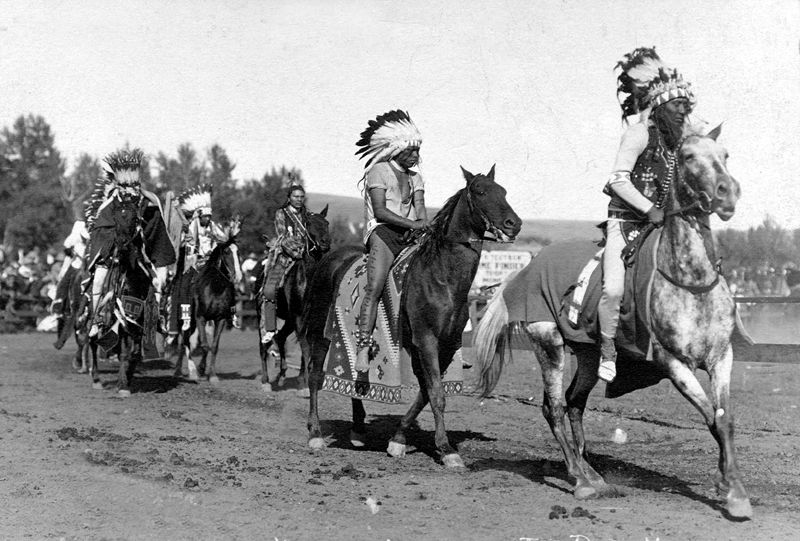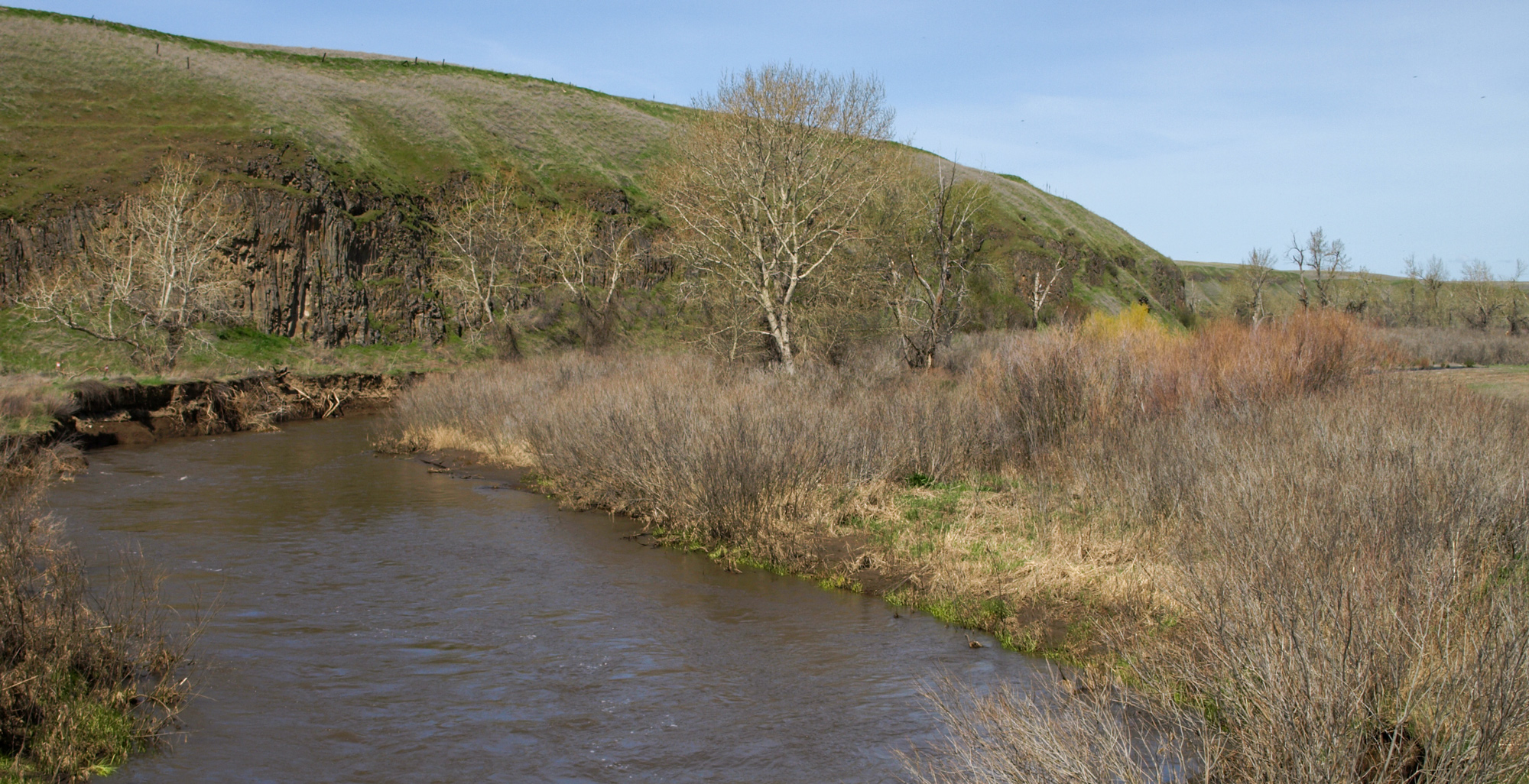
The Whispers of the Touchet: Unearthing a Legend of Resistance in America’s West
The story of America is often told in broad strokes, painted with the triumphs of expansion and the forging of a nation. But beneath these grand narratives lie countless other tales, fragments of history that, when unearthed, reshape our understanding of the past. These are the true legends – not just myths and folklore, but the enduring echoes of struggle, resilience, and sacrifice that ripple through the very soil of the land. One such legend, often overshadowed by more celebrated battles, resides along the unassuming banks of the Touchet River in southeastern Washington State: a critical, yet largely forgotten, chapter in the harrowing odyssey of the Nez Perce people during the summer of 1877.
America’s legends are a tapestry woven from diverse threads: the colossal feats of Paul Bunyan, the spectral sightings along the Appalachian Trail, the daring escapes of Harriet Tubman. Yet, perhaps the most profound legends are those etched into the landscape itself, born from conflicts where opposing worldviews clashed, and the very definition of freedom was contested. The Nez Perce War, a brutal and ultimately tragic conflict, is fertile ground for such legends. It pitted a small, resourceful Indigenous nation against the full might of the burgeoning United States military, a David and Goliath struggle that continues to resonate with powerful lessons about sovereignty, survival, and the costs of conquest.
The Nez Perce, or Nimíipuu as they call themselves, were renowned for their horsemanship, their peaceful disposition, and their deep spiritual connection to their ancestral lands, which spanned parts of present-day Oregon, Washington, and Idaho. For generations, they had coexisted with newcomers, even aiding Lewis and Clark in their epic journey. However, the relentless tide of westward expansion and the insatiable demand for land, particularly after the discovery of gold, shattered this uneasy peace. Treaties, solemnly signed, were unilaterally abrogated, shrinking Nez Perce territory to a mere fraction of its original size.

Chief Joseph, whose eloquent plea, "I will fight no more forever," would become a poignant symbol of Indigenous resistance, led the Wallowa band of the Nez Perce, who refused to abandon their sacred homelands. Facing forced removal to a drastically reduced reservation in Idaho, a group of "non-treaty" Nez Perce bands, including Joseph’s, made a desperate decision: to flee. Their goal was to reach Canada, "the Grandmother’s country," and find asylum with Sitting Bull’s Lakota, who had successfully evaded U.S. forces after the Battle of Little Bighorn a year prior.
This epic flight, spanning over 1,170 miles across rugged, unforgiving terrain, saw approximately 750 Nez Perce – men, women, and children, with only about 200-250 active warriors – repeatedly outmaneuver and outfight a superior U.S. Army. It was a masterclass in strategic retreat, guerrilla warfare, and a testament to their profound knowledge of the land. And it is within this grand narrative of evasion and resistance that the legend of the Touchet River engagement truly emerges.
By early July 1877, after initial skirmishes like the Battle of White Bird Canyon, the Nez Perce were in full flight, pursued by General O.O. Howard’s forces. Their path led them through the fertile valleys of southeastern Washington, a region then sparsely settled by white homesteaders. The Touchet River, a tributary of the Walla Walla River, offered a potential route or a temporary respite. However, it also presented a danger, as the pursuing army pressed hard on their heels.
The engagement at Touchet River was not a large-scale, named battle like Bear Paw or Clearwater. Instead, it was a series of vital skirmishes, ambushes, and strategic maneuvers that showcased the Nez Perce’s ingenuity and the tenacity of their will to survive. As the Nez Perce moved through the Touchet Valley, they were acutely aware of their pursuers. Their scouts, unparalleled in their knowledge of the landscape, would have been constantly vigilant, reading every sign, every ripple in the water, every shift in the wind.
On July 5th, a small detachment of U.S. Army troops, likely an advance party or a scouting mission, encountered Nez Perce warriors near the Touchet. What ensued was a sharp, brief exchange of fire. The Nez Perce, masters of utilizing terrain to their advantage, would have employed their knowledge of the riverbanks, the dense underbrush, and the natural contours of the land to set ambushes, delay the army’s progress, and protect their non-combatants.
One account, pieced together from various historical fragments, suggests a particular incident where a small group of Nez Perce warriors, perhaps led by figures like Looking Glass or White Bird, skillfully used the river’s winding course and the cover it provided to outwit their pursuers. They were not seeking to engage in a decisive battle; their primary objective was always to gain time, to create distance, and to keep their families safe. Every minute gained, every soldier delayed, was a victory in their desperate flight.
"The Touchet River wasn’t a place for glory, but for grim determination," noted one historian reflecting on the campaign. "It was where the Nez Perce showed their mettle not in head-on charges, but in their ability to vanish, to feint, to draw the enemy into disadvantageous positions, buying precious hours for their people to move forward." The river itself, with its flowing waters, became both a barrier and a pathway, a silent witness to the clash of cultures and the desperate struggle for freedom.
The U.S. Army, despite its superior numbers and firepower, found itself constantly frustrated by the elusive tactics of the Nez Perce. Soldiers’ journals from the campaign often speak of the immense difficulty in pinning down the mobile Nez Perce, describing them as "ghosts" who melted into the landscape. The Touchet engagement would have been another example of this frustration, a testament to the Nez Perce’s strategic brilliance and their profound understanding of their environment.

Why, then, does the legend of the Touchet River remain largely in the shadows, while other battles like White Bird Canyon or Bear Paw Pass receive more prominent attention? Part of the answer lies in the nature of historical memory and the "victor’s narrative." Larger, more decisive engagements often dominate the historical record, particularly when written from the perspective of the conquering force. The Touchet engagement was not a major U.S. Army victory, nor a crushing Nez Perce defeat. It was a skirmish, a delaying action, a series of tense encounters that were crucial in the moment but perhaps lacked the dramatic scale that captures the imagination of subsequent generations.
Yet, its importance to the Nez Perce cannot be overstated. Each successful evasion, each moment gained, fueled their hope and reinforced their resolve. The Touchet River represented another hurdle overcome, another proof of their resilience. It was a place where their warriors demonstrated their courage and skill, and where their families, though constantly in peril, continued their relentless march towards an uncertain future.
Today, the Touchet River flows much as it did in 1877, winding its way through agricultural lands and small towns. There are no grand monuments commemorating the skirmishes that took place along its banks, no official historical markers detailing the Nez Perce’s passage. But for those who know the story, the river holds a different kind of significance. It is a quiet legend, a whispered history of a people fighting for their very existence.
The Touchet River legend reminds us that America’s history is not monolithic. It is a complex mosaic, and often, the most poignant stories are found in the overlooked corners, in the places where the land itself remembers. It is a call to listen to the Indigenous voices that have long been marginalized, to understand their profound connection to the land, and to acknowledge the incredible fortitude they displayed in the face of overwhelming odds.
In an era where historical narratives are being re-examined and diverse perspectives sought, the Touchet River stands as a powerful, if understated, legend. It is a testament to the fact that resistance takes many forms – not just grand battles, but also the relentless, strategic retreat, the skillful evasion, and the sheer will to keep moving forward against an tide of injustice. The whispers of the Touchet River are a vital part of America’s true legends, reminding us that freedom, dignity, and the spirit of a people are often found in the most unexpected and unheralded places. It compels us to look beyond the headlines of history and to truly listen to the ground beneath our feet, for it is there that the most enduring stories of all are silently told.


